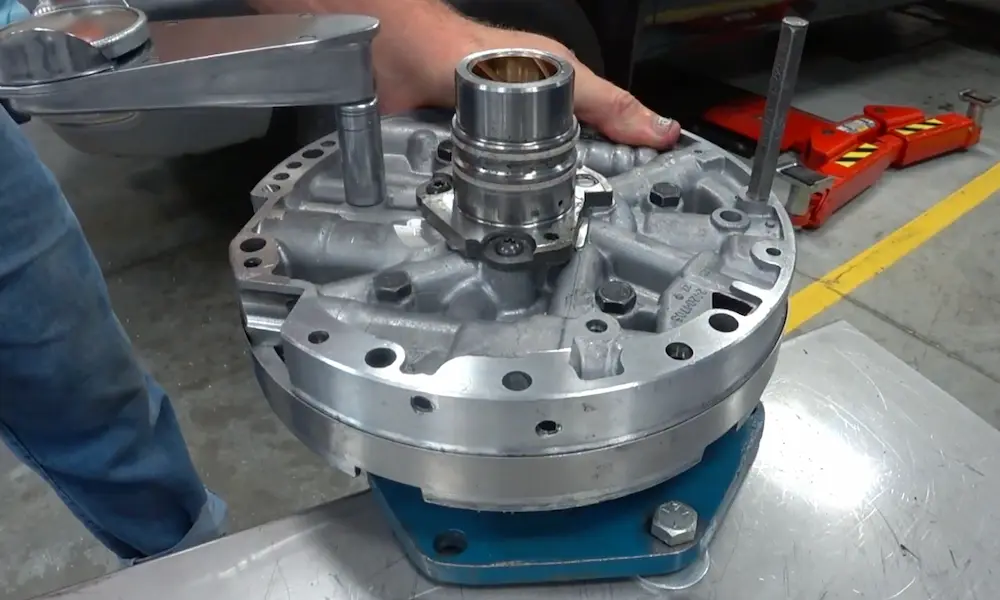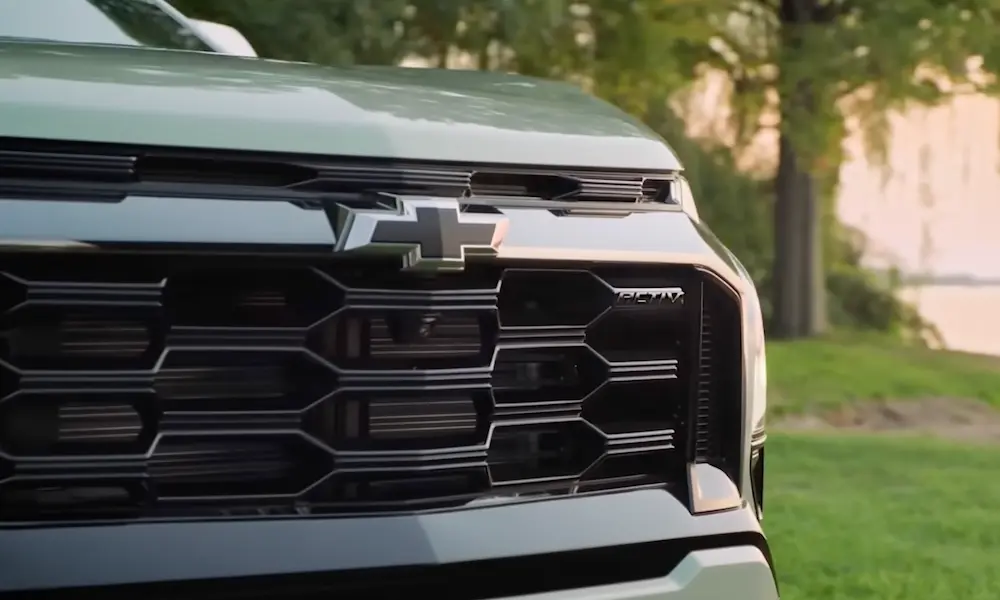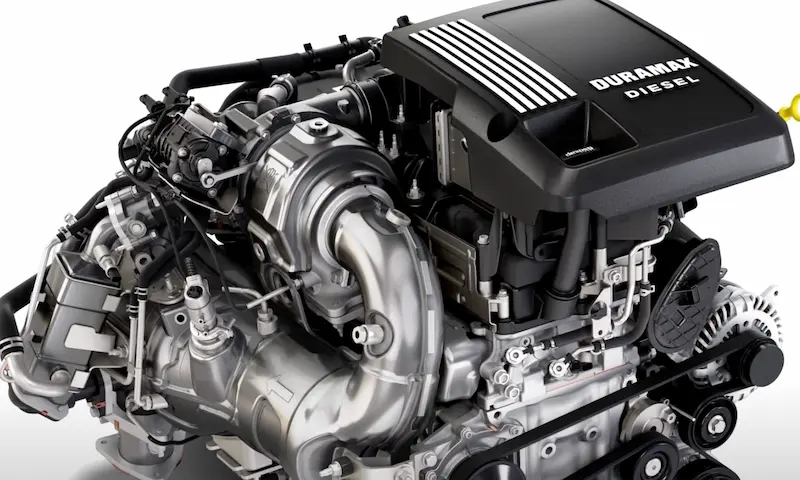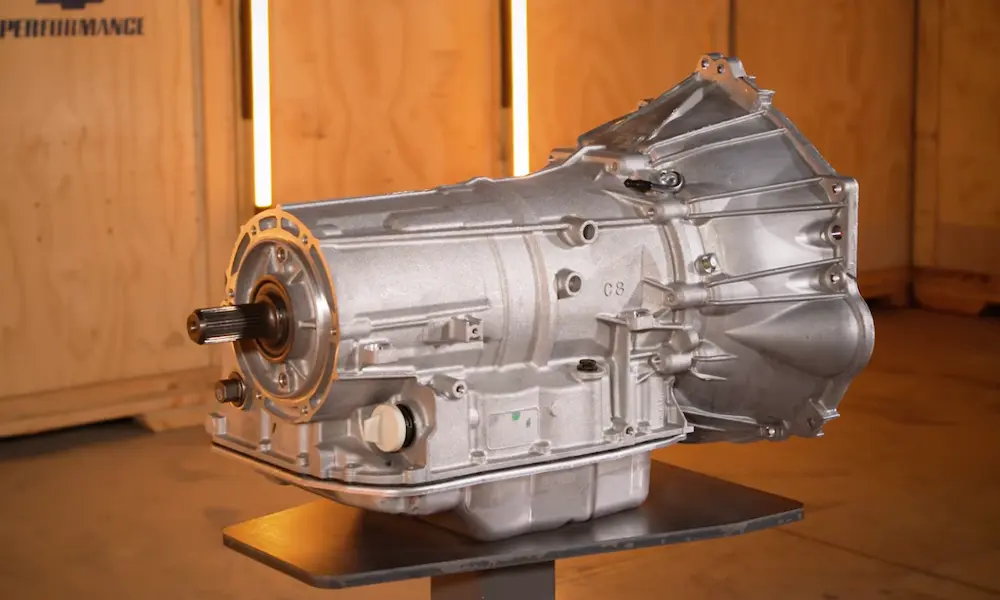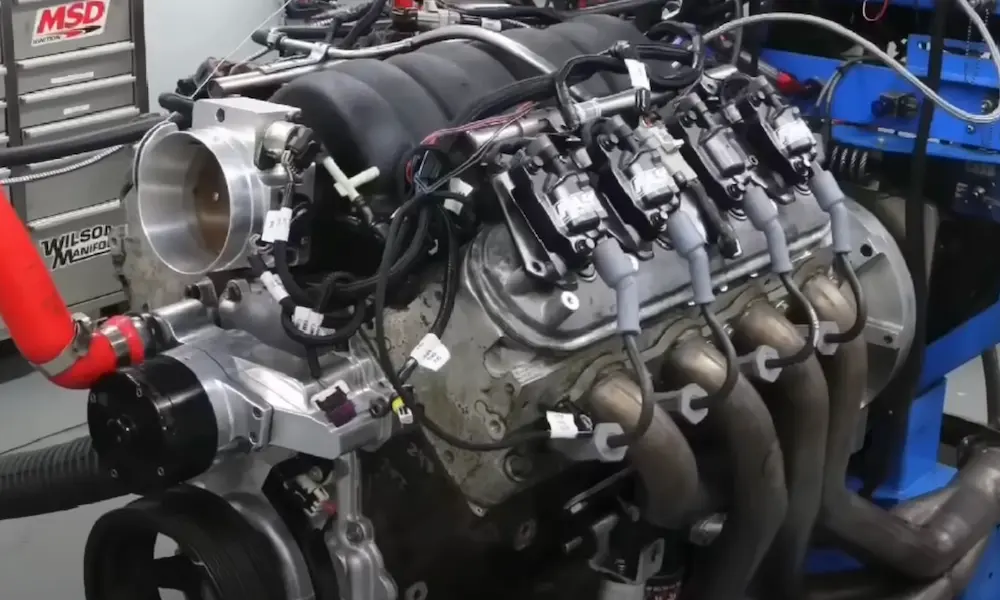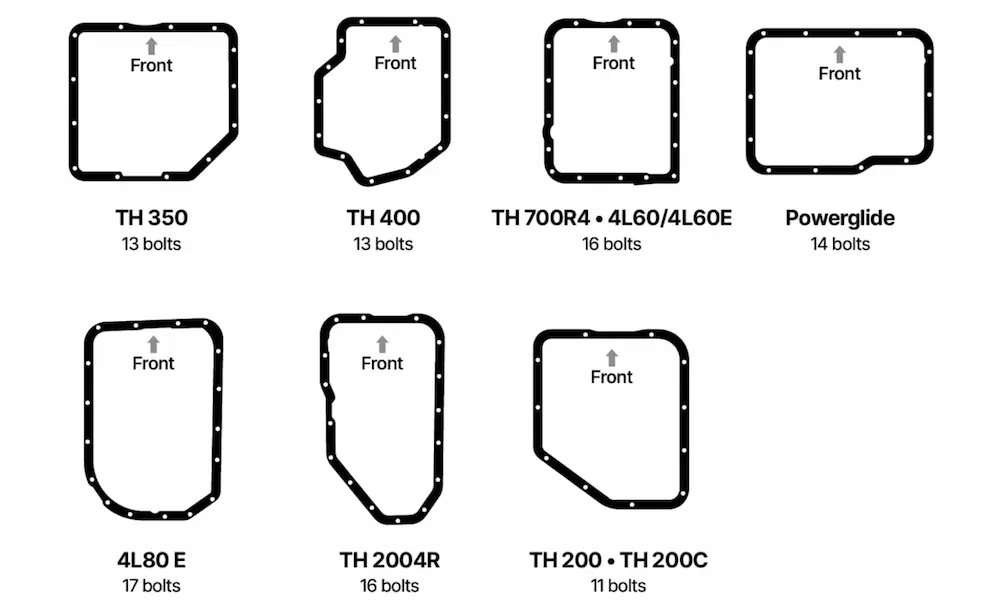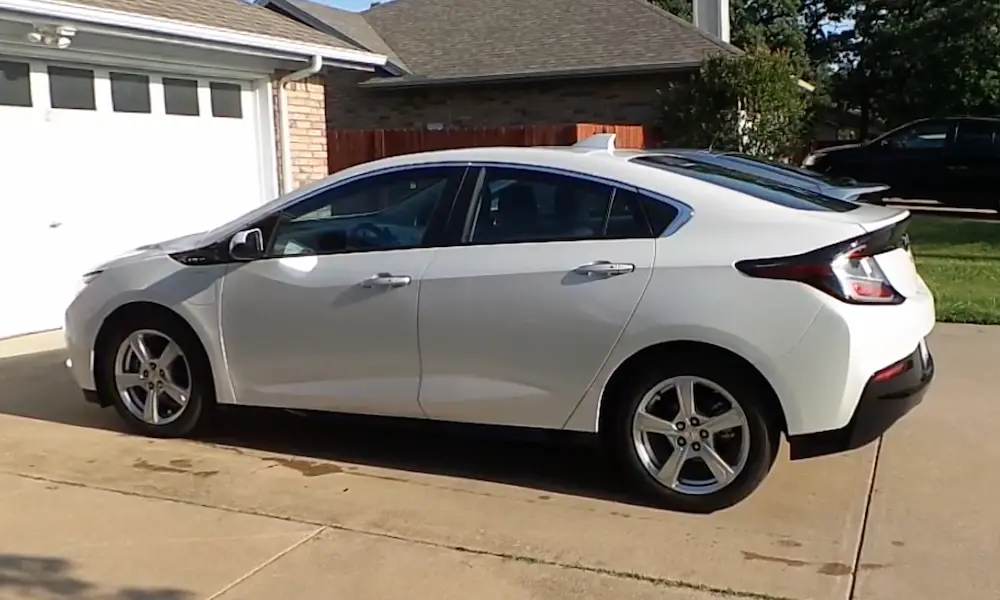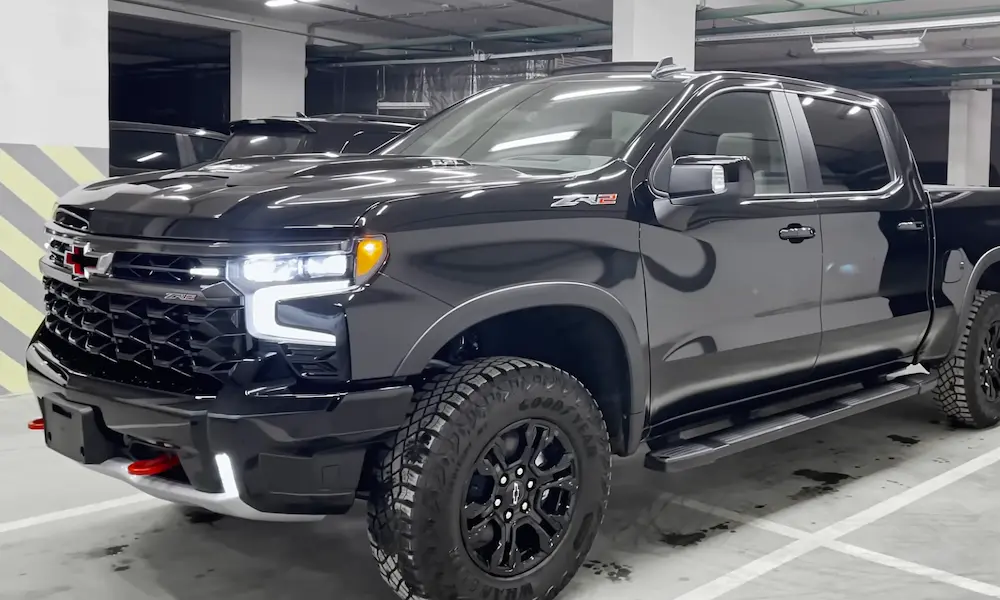Searching for the perfect balance of power and reliability in a truck engine? The Chevy 5.3 V8 has been a cornerstone of GM’s engine lineup for decades. This workhorse delivers impressive horsepower while maintaining reasonable fuel efficiency—exactly why it remains the heart of many Silverados, Tahoes and Suburbans on the road today.
Let’s dive into what makes this engine special, from its evolution across generations to the specific performance numbers that matter when you’re pulling heavy loads or cruising down the highway.
The 5.3L Evolution: From Iron Blocks to Aluminum Innovation
The Chevy 5.3L engine has transformed significantly since its early days, evolving through several generations while maintaining its fundamental V8 architecture.
Gen III & Gen IV Foundations (1999-2013)
The journey began with iron-block variants like the L59, which powered Chevy trucks and SUVs from 2002 through 2007. These early 5.3L engines produced a respectable 285-295 horsepower and 320-335 lb-ft of torque with a 9.5:1 compression ratio.
During this era, the Vortec series emerged, including the 5.3L LMG variant. These engines maintained the same displacement but added refinements that enhanced both performance and reliability—a key reason why many of these engines are still running strong with high mileage today.
EcoTec3 Revolution (2014-Present)
A significant leap forward came with the introduction of the L83 EcoTec3 in 2014. This fifth-generation small block V8 replaced the Vortec 5300 and came with major technological upgrades:
- All-aluminum construction (versus earlier iron blocks)
- Direct fuel injection for more precise fuel delivery
- Variable valve timing for optimal response
- Active Fuel Management (cylinder deactivation)
The current L84 iteration builds on this platform with even more sophisticated features like Dynamic Fuel Management and start-stop technology. The result is an engine that delivers 355 horsepower while achieving better fuel economy than its predecessors.
Technical Specs: The Numbers That Matter
Let’s break down the essential specifications that define the modern 5.3L V8 engine:
| Specification | Detail |
|---|---|
| Displacement | 5,328cc (325 cubic inches) |
| Bore x Stroke | 96.01 x 92 mm (3.78 x 3.62 inches) |
| Block Material | Aluminum with cast-in iron liners |
| Cylinder Configuration | V8 at 90-degree angle |
| Valve System | Overhead valve (OHV), 2 valves per cylinder |
| Compression Ratio | 11.0:1 (modern variants) |
| Maximum RPM | 5,800 |
| Firing Order | 1-8-7-2-6-5-4-3 |
The engine’s relatively square bore/stroke ratio strikes an excellent balance between low-end torque (important for trucks) and high-rpm power delivery. This makes it versatile enough for both work applications and everyday driving.
The increased compression ratio in modern variants (11.0:1 compared to 9.5:1 in older models) significantly improves thermal efficiency, helping squeeze more power from each drop of fuel.
Advanced Technologies: What Makes It Special
Modern 5.3L engines incorporate several technologies that weren’t available in earlier generations, dramatically improving both performance and efficiency.
Direct Fuel Injection
Unlike older port injection systems, direct injection places fuel precisely where combustion occurs. This creates several advantages:
- More complete fuel burn
- Lower operating temperatures
- Ability to run leaner mixtures
- Support for higher compression ratios
This precision has been crucial in enabling the higher compression ratios found in modern versions, boosting both power and efficiency.
Fuel Management Systems
One of the most innovative features in the 5.3L engine’s evolution is its cylinder deactivation technology:
- Active Fuel Management (AFM): Temporarily deactivates four cylinders during light load conditions, effectively creating a V4 engine when full power isn’t needed.
- Dynamic Fuel Management (DFM): The newer system in L84 engines takes this further with 17 different cylinder patterns, constantly optimizing which cylinders fire based on driving demands.
These systems significantly improve fuel economy without sacrificing the power you need for towing or hauling.
Variable Valve Timing
The dual-equal cam phasing system in modern 5.3L engines adjusts camshaft timing for both intake and exhaust valves simultaneously. This creates:
- Linear torque delivery across a broader RPM range
- Better throttle response
- Improved efficiency at various engine speeds
This technology works together with direct injection and fuel management to maximize performance under all driving conditions.
Performance Capabilities: Power When You Need It
The current L84 5.3L engine delivers impressive performance numbers that make it suitable for a wide range of applications:
- Horsepower: 355 hp at 5,600 rpm
- Torque: 383 lb-ft at 4,100 rpm
- Maximum Towing Capacity: Up to 11,500 pounds (in properly equipped vehicles)
This represents substantial improvement over earlier versions—the L59 generated between 285-295 horsepower, for example. The broad torque curve makes towing and hauling feel effortless, with strong pulling power available across a wide rpm range.
Modern 5.3L engines are designed to run on regular unleaded gasoline, though some variants (particularly the L83) are also compatible with E85 ethanol fuel, giving you flexibility at the pump.
When paired with the contemporary 10-speed automatic transmission in vehicles like the 2025 Chevrolet Silverado, the engine’s performance capabilities are further enhanced with ideal gear ratios for both quick acceleration and efficient cruising.
Applications: Where You’ll Find the 5.3L V8
The 5.3L engine powers a diverse range of GM vehicles, serving as the heart of many popular models:
Current Applications
In the 2025 Silverado lineup, the 5.3L EcoTec3 V8 serves as:
- Standard engine for LTZ and High Country trim levels
- Optional engine for WT, LT, RST, Custom Trail Boss, and LT Trail Boss trims
It creates an ideal middle ground between the turbocharged 2.7L four-cylinder (310 hp, 430 lb-ft) and the larger 6.2L EcoTec3 V8 (420 hp, 460 lb-ft).
Historical Applications
Beyond the Silverado, the 5.3L has powered numerous GM vehicles over the years:
- Chevrolet Tahoe
- Chevrolet Suburban
- GMC Yukon and Yukon XL
- Chevrolet Avalanche Z71 (2002-2007)
This widespread use across GM’s truck platform demonstrates the engine’s versatility and reliability in demanding applications.
Construction and Design: Built to Last
The materials and design elements in modern 5.3L engines reflect significant advancements over earlier generations.
Block and Heads
While earlier versions featured heavier iron blocks, modern iterations use:
- Aluminum block construction with cast-in iron cylinder liners
- Aluminum alloy cylinder heads with two valves per cylinder
- Overhead valve (pushrod) configuration
This classic pushrod design might seem old-school compared to overhead cam layouts, but it offers distinct advantages: a compact, lightweight valvetrain and excellent low-end torque—perfect for truck applications.
Internal Components
The rotating assembly features robust components built for longevity:
- Forged steel crankshaft
- Powder metal connecting rods (6.098 inches in length)
- Lightweight aluminum pistons with specially designed heads
- Oil squirters that direct cooling oil to the underside of each piston
The main bearing caps that support the crankshaft are made from nodular iron, which absorbs vibration better than conventional gray iron, contributing to smoother operation and durability.
Oiling System Innovations
Modern versions feature a variable displacement oil pump that adjusts flow based on the engine’s needs rather than delivering a fixed volume regardless of operating conditions. This dual-pressure system provides:
- Efficient operation at lower rpm
- High oil pressure when needed at higher engine speeds
- Better protection for critical components
Real-World Performance and Reliability
Perhaps the most impressive aspect of the 5.3L engine is its reputation for longevity. Many owners report reaching 200,000+ miles with proper maintenance—a testament to the robust design and engineering that goes into these engines.
In daily use, the 5.3L offers a satisfying balance of:
- Responsive acceleration when needed
- Smooth, quiet operation during normal driving
- Sufficient power for towing boats, campers, and trailers
- Reasonable fuel economy for a V8 engine
The cylinder deactivation systems further improve efficiency during highway cruising, where the engine can operate as a 4-cylinder under light loads. This gives you V8 power when you need it and improved fuel economy when you don’t.
Common Issues and Maintenance Tips
While generally reliable, the 5.3L has a few known issues worth mentioning:
- AFM System Problems: Some earlier models experienced issues with lifters related to the Active Fuel Management system. Proper oil changes with recommended oil help mitigate this.
- Carbon Buildup: Direct injection engines can develop carbon deposits on intake valves over time. Regular use of top-tier gasoline and occasional throttle body cleaning help prevent this.
- Oil Consumption: Some engines may use more oil than expected, particularly in high-mileage examples. Regular oil level checks are recommended.
Maintenance best practices include:
- Using high-quality synthetic oil (typically 0W-20 in modern versions)
- Following recommended service intervals for spark plugs, air filters, and transmission fluid
- Using genuine GM or high-quality aftermarket parts
The 5.3L in the Modern Engine Landscape
Within GM’s engine hierarchy, the 5.3L occupies an important middle position. It provides a compelling alternative to both smaller turbocharged options and larger V8s, offering:
- More power than base engines
- Better fuel economy than larger V8s
- Proven reliability compared to newer, more complex powertrains
- Strong aftermarket support for modifications
While competing with the Duramax 3.0-liter turbo-diesel (which offers less horsepower at 305 but more torque at 495 lb-ft), the 5.3L remains attractive for buyers who want gasoline simplicity with substantial capability.
Future Outlook: What’s Next for the 5.3L
Though the automotive world is moving toward electrification, the 5.3L engine seems well-positioned to continue serving as a mainstay in GM’s truck lineup for years to come. Its combination of power, efficiency, and reliability makes it valuable even as the industry evolves.
Future developments might include:
- Further refinements to fuel management systems
- Additional lightweight materials to reduce reciprocating mass
- Potential hybridization to meet stricter emissions standards
What’s certain is that the 5.3L engine’s legacy of continuous improvement will influence GM’s powertrain development for many years, even as new technologies emerge.
Summary: The Heart of Chevy Trucks
The Chevy 5.3L engine remains one of GM’s most successful powerplants for good reason. Its evolution from the early iron-block days to today’s sophisticated aluminum EcoTec3 versions showcases how continuous refinement can extend a basic architecture through changing market demands and technological landscapes.
With 355 horsepower, 383 lb-ft of torque, and the ability to tow up to 11,500 pounds, today’s 5.3L delivers capability that meets most truck owners’ needs while maintaining the reliability that has made it a trusted choice for decades.
Whether you’re looking at a new Silverado or considering a used Chevy truck, the 5.3L engine offers a compelling blend of performance, efficiency, and durability that’s hard to beat in the full-size truck market.



